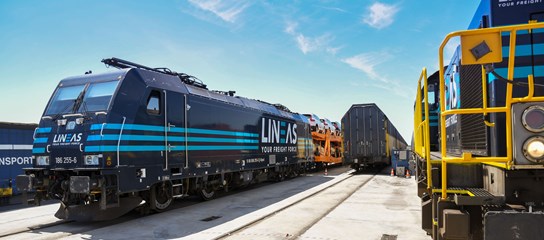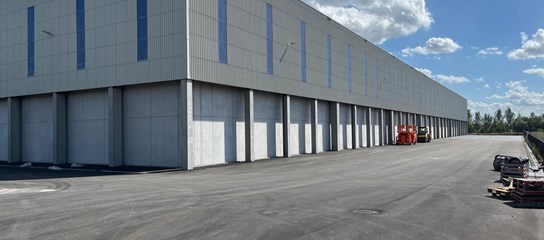North Sea Port also records modest growth in the first quarter of 2025
Over the first three months of this year, the companies based in North Sea Port recorded a volume of 16.6 million tons of seaborne cargo transhipment, 200,000 tons more than in the corresponding period in 2024 (+0.9%).
This increase is reflected in the handling of liquid bulk and containers, while other segments show a slight decline. With this modest growth, North Sea Port is managing to maintain its seaborne cargo throughput, following a positive year in 2024 (+0.7%). The diversification of activities within our port continues to provide stability in uncertain times.
The United Kingdom continues to grow, trade with Russia keeps declining
Caution is of course advised when interpreting the figures, as the full impact of the trade war with the U.S. and other geopolitical developments has yet to become apparent. Notably, in the first quarter of 2025, trade with the United Kingdom continued its upward trend (+9.8%), after the country became North Sea Port’s largest trading partner for the first time in 2024. Trade with the United States also increased (+11.5%), driven in part by a slight rise in exports (100,000 tons)."
Due to increased EU sanctions, trade with Russia continued its steady decline, by -32% compared to the previous quarter, just about reaching 500,000 tons for the first three months.
Liquid bulk rises again, dry bulk falls slightly
North Sea Port is primarily a bulk port, with dry and liquid bulk together accounting for three quarters of seaborne cargo throughput.
Liquid bulk transhipment showed a recovery compared to the same period last year (+7.8%), increasing by almost 300,000 tons to a total of 3.9 million tons. The main growth came in propane and naphtha.
Container transhipment is also increasing to 45,000 TEU, or over 500,000 tons (+33%).
Dry bulk throughput was 8.7 million tons, some 200,000 tons less (-1.9%) than in the first quarter of 2024. That fall did follow a substantial increase from mid-2023 to mid-2024. The contraction was seen in a wide range of bulk products, although the transhipment of ores and agricultural products actually increased.
Break bulk handling totalled 2.5 million tons, which represents a slight fall (40,000 tons (-1.5%)).
Ro-Ro posted a quarterly result of 950,000 tons, down 50,000 (-5.1%).
Decline in inland navigation
Companies transhipped a combined total of 15.2 million tons of goods via inland waterways in the first three months of 2025. That is 715,000 tons less than the same period last year (-4.5%). As with seaborne transhipment, this decrease was mainly visible in dry bulk (sand and gravel, crude minerals). Liquid bulk stayed at the same level as in the first quarter of 2024.




